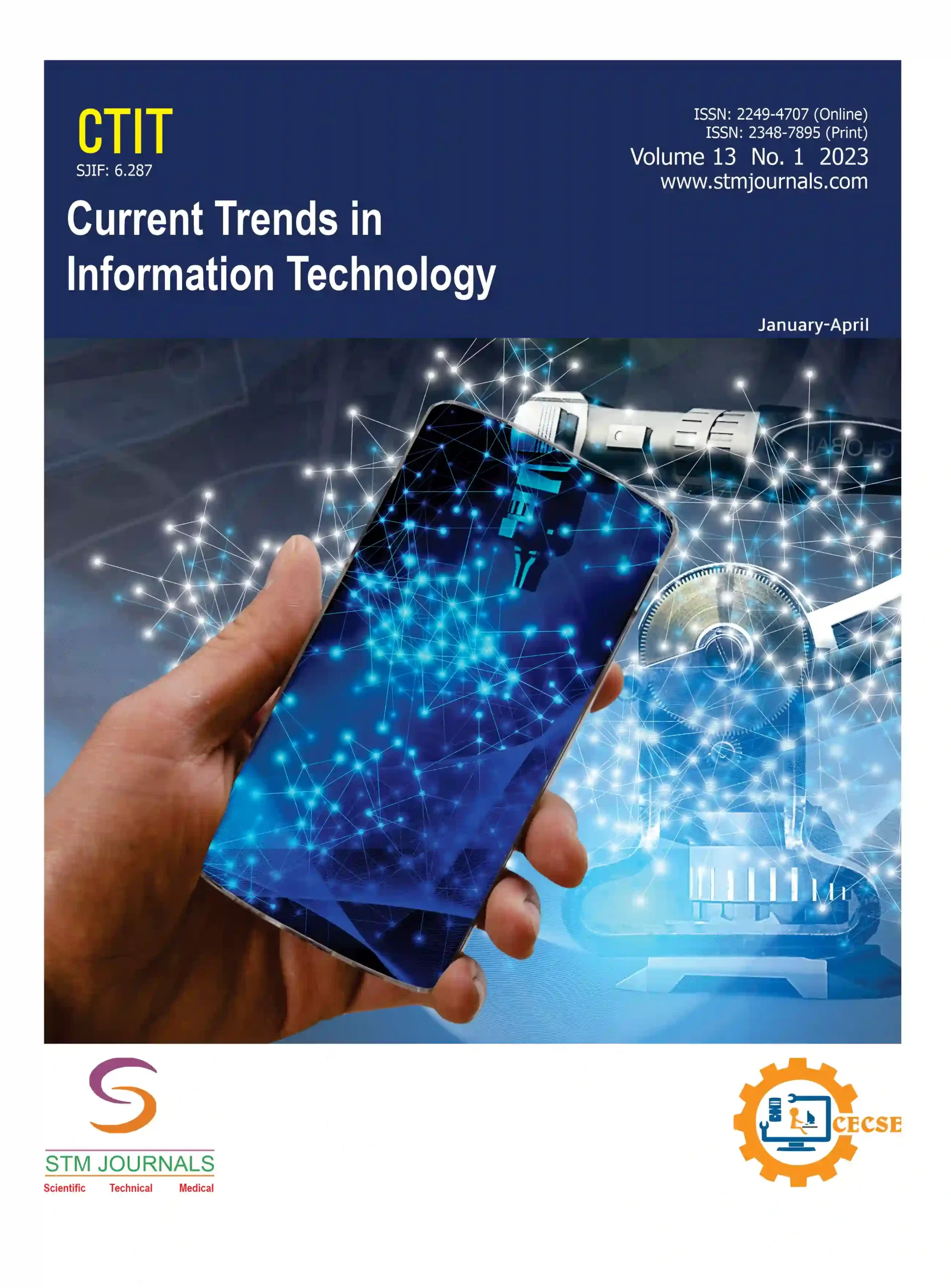Anush Peramaiyan G.,
Antony Xavier Bronson F.,
Soniya Priyatharshini G.,
Geetha S.,
- Student, Department of Computer Science and Engineering, Dr. M. G. R Educational and Research Institute, Tamil Nadu, India
- Associate Professor, Department of Computer Science and Engineering, Dr. M. G. R Educational and Research Institute, Tamil Nadu, India
- Associate Professor, Department of Computer Science and Engineering, Dr. M. G. R Educational and Research Institute, Tamil Nadu, India
- Professor, Department of Computer Science and Engineering, Dr. M. G. R Educational and Research Institute, Tamil Nadu, India
Abstract
Governments and public sector entities worldwide are actively seeking innovative strategies to adapt to rapid technological progress, aiming to enhance governance effectiveness, streamline work processes, and optimize expenditure. Blockchain technology stands out as a prime example, captivating the interest of governments globally in recent years. Its ability to offer heightened security, enhanced traceability, and cost-efficient infrastructure positions blockchain as a versatile solution applicable across diverse sectors. Typically, governments engage third-party organizations through tender processes for various projects. However, these processes are often marred by competitors attempting to gain unfair advantages by eavesdropping on tender values, while corrupt officials may solicit bribes to favor specific parties. In response, we propose a robust and transparent framework for government tenders leveraging blockchain technology. By utilizing blockchain as a secure and immutable data structure, susceptible government records are safeguarded against tampering. This initiative aims to establish a transparent and secure edge computing infrastructure for tender workflows, minimizing the need for extensive human oversight. Blockchain techniques are employed within various security service models, serving as a backend database with a distributed ledger maintained using the SHA 256 Algorithm. Users from different departments can register and submit quotations, with administrators responsible for evaluating responses and ensuring adherence to experience and process management standards for comprehensive auditing.
Keywords: Smart contract, distributed system, decentralized, edge computing, proof-of-work, block chain, Ethereum
[This article belongs to Current Trends in Information Technology ]
Anush Peramaiyan G., Antony Xavier Bronson F., Soniya Priyatharshini G., Geetha S.. Secure Framework for Government Tender Allocation. Current Trends in Information Technology. 2024; 14(02):23-27.
Anush Peramaiyan G., Antony Xavier Bronson F., Soniya Priyatharshini G., Geetha S.. Secure Framework for Government Tender Allocation. Current Trends in Information Technology. 2024; 14(02):23-27. Available from: https://journals.stmjournals.com/ctit/article=2024/view=155335
References
- Dunphy P, Petitcolas FA. A first look at identity management schemes on the blockchain. IEEE Secur Priv. 2018 Aug 6; 16(4): 20–29.
- Lin Q, Yan H, Huang Z, Chen W, Shen J, Tang Y. An ID-based linearly homomorphic signature scheme and its application in blockchain. IEEE Access. 2018 Feb 26; 6: 20632–40.
- O’Neill M, Robshaw MJ. Low-cost digital signature architecture suitable for radio frequency identification tags. IET Comput Digit Tech. 2010 Jan 1; 4(1): 14–26.
- Dello A, Yoshida C. Online tendering and evaluation for public procurement in Tanzania. In 2017 IEEE 18th IEEE/ACIS International Conference on Software Engineering, Artificial Intelligence, Networking and Parallel/Distributed Computing (SNPD). 2017 Jun 26; 137–141.
- Hui Z, Yang J. Research on application of e-tender in China. In 2011 IEEE International Conference on Internet Technology and Applications. 2011 Aug 16; 1–3.
- Fukui H, Kobayashi K. Optimal comprehensive tendering models for project procurement. In 2010 IEEE International Conference on Systems, Man and Cybernetics. 2010 Oct 10; 3258–3264.
- Dubey S, Singh P, Verma RK, Kamboj D. Government Tender Allocation Using Blockchain Technology. In 2023 IEEE International Conference on IoT, Communication and Automation Technology (ICICAT). 2023 Jun 23; 1–6.
- Fathima KM, Dhanush R. Block Chain based Government Tender Allocation in Cloud. In 2022 8th IEEE International Conference on Advanced Computing and Communication Systems (ICACCS). 2022 Mar 25; 1: 1376–1380.
- Huang J, Kong L, Chen G, Wu MY, Liu X, Zeng P. Towards secure industrial IoT: Blockchain system with credit-based consensus mechanism. IEEE Trans Industr Inform. 2019 Mar 6; 15(6): 3680–9.
- Hassija V, Chamola V, Krishna DN, Kumar N, Guizani M. A blockchain and edge-computing-based secure framework for government tender allocation. IEEE Internet Things J. 2020 Sep 28; 8(4): 2409–18.
- Mohanta BK, Panda SS, Jena D. An overview of smart contract and use cases in blockchain technology. In 2018 IEEE 9th international conference on computing, communication and networking technologies (ICCCNT). 2018 Jul 10; 1–4.
- Abou Jaoude J, Saade RG. Blockchain applications–usage in different domains. IEEE Access. 2019 Mar 1; 7: 45360–81.
- Rosa RV, Rothenberg CE. Blockchain-based decentralized applications for multiple administrative domain networking. IEEE Commun Stand Mag. 2018 Sep; 2(3): 29–37.
- Hou H. The application of blockchain technology in E-government in China. In 2017 IEEE 26th international conference on computer communication and networks (ICCCN). 2017 Jul 31; 1–4.
- Ølnes S, Jansen A. Blockchain technology as s support infrastructure in e-government. In Electronic Government: 16th IFIP WG 8.5 International Conference, EGOV 2017, St. Petersburg, Russia, September 4-7, 2017, Proceedings 16. Cham: Springer International Publishing; 2017; 215–227.

Current Trends in Information Technology
| Volume | 14 |
| Issue | 02 |
| Received | 31/05/2024 |
| Accepted | 01/06/2024 |
| Published | 05/07/2024 |
PlumX Metrics
